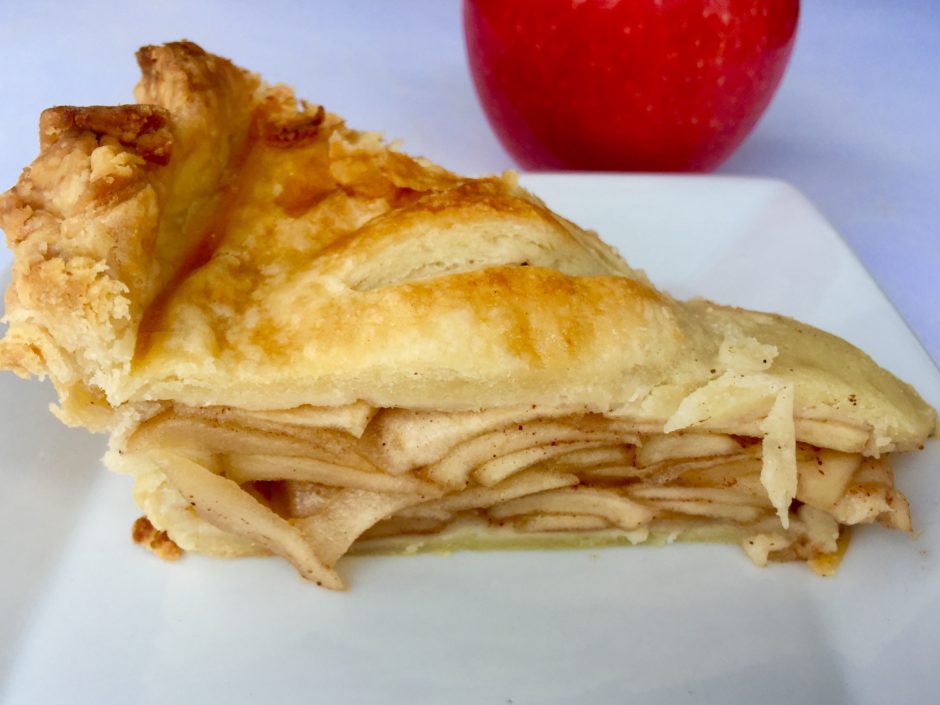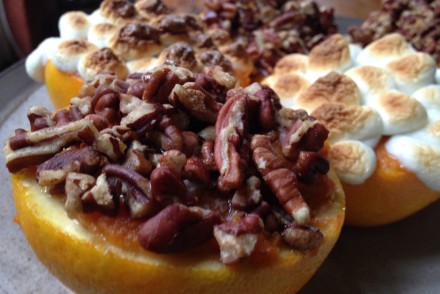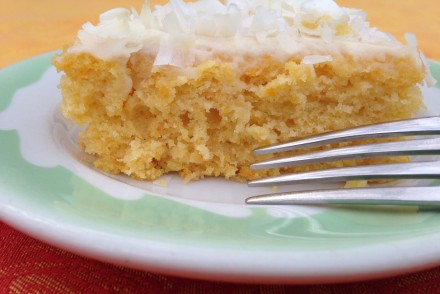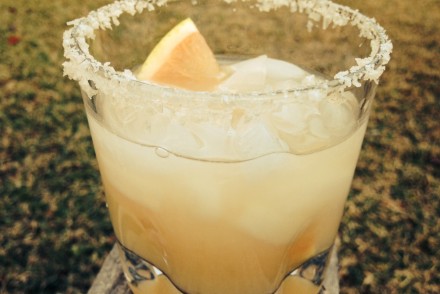In all my years of food writing, I’ve never once blogged or written about my awesome skills with pie crust.
Because I have none.
Pie crust has been like Pennywise, the scary thing in the closet I battle from time to time but haven’t fully defeated.
This has always irritated me. Plenty of people make pie crust! But, no, not me. Instead, I hide behind easy stuff like cobblers, crisps and the occasional cake. A good friend of mine effortlessly bakes a pie every couple weeks, despite also being a working mom of three. And every time I visit my favorite cooking blogs or watch the Food Network, I’m met with another set of hands rolling out dough with confidence and sass.
Last week, I decided I’d had enough. I was going to start making pie crusts, and they were going to be GOOD. For added inspiration, I thought about Thanksgiving. We’re hosting it at our house for the first time (more on this later), and wouldn’t it be great to serve a homemade pie? My mind was made up.
So, then I did what anybody with a fresh new life goal does: I bought something on Amazon Prime.
That something is a $14 wooden rolling pin. In the past, I worked with a more traditional rolling pin with little pins for handles. It never worked worth a flip. Clearly, it was to blame for my many failures.
Next, I started looking for the perfect pie crust recipe. Generally, pie or pastry crust recipes spring from the same basic formula of flour, fat and cold water. Where they diverge is the proportion of these ingredients and the type of fat. There’s the camp that likes butter exclusively because of its unmatched richness, and the camp that incorporates shortening (or lard in old school recipes) because it achieves good flakiness.
I figured I’d try both, so I settled on recipes by authors I like, Serious Eats Managing Culinary Director J. Kenji López-Alt, whose new science-oriented cookbook, The Food Lab, was just nominated for a James Beard award, and Barefoot Contessa creator Ina Garten whose recipes have probably been tested by thousands of behind-the-scenes minions.
My objective was to make two apple pies over the course of the weekend, following the crust recipes to the letter. For the filling, I figured I could trust my instincts. Plus, the filling wasn’t the source of my struggles.
Maybe age brings more patience and culinary awareness, or maybe my skills have simply improved over time. Whatever the case, the results were really encouraging. Both pie crust recipes turned out nicely. J. Kenji López-Alt’s recipe was better in flavor, but Ina Garten’s was a somewhat easier to roll out and there was a little less breakage on the edges. I encourage you to try either of them.
Filling
For the filling, I peeled 7 Pink Lady apples, cut them in half and cored them, and sliced them thin. I combined the apple slices in a large bowl with a scant cup of sugar and 1 ½ teaspoons cinnamon. Some recipes call for adding a liquid, like lemon juice, but the apples will release their own liquid as well, so I don’t think this is necessary. Once I had one pie crust neatly placed in the pie plate, I spooned in the filling with a slotted spoon, leaving the liquid behind in the bowl.
Final thoughts
My big struggle, still, was crimping the edges into some sort of presentable design. Once I placed the second crust on top of the filling, I tried forming the crust edges around the knuckle of my forefinger to make pretty little points, but it didn’t work.
Nevertheless, the pies tasted great and I definitely have the confidence to do it again.





No Comments